Why Phasing Down HFC Refrigerants Matters for Climate Action and the HVAC Industry
The global effort to address climate change has brought attention to the significant impact of hydrofluorocarbon (HFC) refrigerants on the environment. As potent greenhouse gases, HFCs contribute to the depletion of the ozone layer and the exacerbation of global warming. In response to these concerns, the international community has embarked on a mission to phase down HFC refrigerants, prompting a paradigm shift in the cooling technology landscape. This article explores the motivations behind the HFC phase down, its implications, and the innovations driving sustainable alternatives.
The Rationale for HFC Phase Down:
Understanding the Environmental Impact of HFCs and the Global Push for Change
-
Climate Impact: HFCs, widely used as refrigerants in air conditioning, refrigeration, and heat pump systems, have a significantly high global warming potential (GWP). Their emissions, though constituting a small percentage of total greenhouse gases, pack a powerful punch in terms of climate impact. The phase down aims to curb the rising levels of HFC emissions and mitigate their contribution to global warming.
-
Montreal Protocol and Kigali Amendment: The international community's commitment to environmental protection is evident in agreements such as the Montreal Protocol and its subsequent Kigali Amendment. The Kigali Amendment specifically targets the phasedown of HFCs, with countries agreeing to gradually reduce their production and consumption of these substances.
Implications of the HFC Phase Down:
How the HFC Phase Down Is Driving Innovation in Refrigeration and Cooling Systems
-
Transition to Low-GWP Alternatives: The HFC phase down necessitates a transition to alternative refrigerants with lower global warming potentials. Hydrofluoroolefins (HFOs), natural refrigerants like ammonia and carbon dioxide, and blends such as hydrocarbons are emerging as environmentally friendly alternatives. These alternatives aim to strike a balance between efficiency, safety, and environmental impact.
-
Technological Innovation: The phase down has spurred technological innovation in the cooling industry. Manufacturers are developing next-generation equipment, incorporating advanced compressors, heat exchangers, and controls to optimize the performance of low-GWP refrigerants. These innovations are not only environmentally responsible but also contribute to energy efficiency and cost-effectiveness.
-
Retrofitting and System Upgrades: Existing HVAC and refrigeration systems that use HFCs may require retrofitting or upgrading to accommodate new refrigerants. This presents an opportunity for the industry to offer retrofit solutions, ensuring that older systems can contribute to the phase down goals.
Opportunities in Sustainable Cooling Technologies:
Exploring Sustainable Cooling Solutions: Heat Pumps, Electrification, and Energy Efficiency
-
Heat Pumps and Electrification: The phase down encourages the adoption of heat pump technology, which efficiently provides both heating and cooling using low-GWP refrigerants. Coupled with electrification initiatives, heat pumps contribute to reducing reliance on high-GWP refrigerants and conventional heating systems.
-
Energy-Efficient Cooling Practices: Sustainable cooling extends beyond refrigerant choice. Energy-efficient design, smart controls, and optimized system operation are crucial components in minimizing the overall environmental impact of cooling technologies.
The Future of Cooling: Transitioning to Climate-Friendly HVAC with Low-GWP Refrigerants
The HFC refrigerant phase down represents a pivotal moment in the evolution of cooling technologies. As the world strives to meet climate goals and environmental commitments, the industry's response to this challenge will shape the future of HVAC and refrigeration. Innovations in low-GWP alternatives, coupled with a commitment to energy efficiency, position the sector to contribute significantly to a more sustainable and climate-friendly future. The ongoing collaboration between governments, industries, and consumers will be key in successfully navigating this transition.
What are HFC refrigerants and why are they harmful to the environment?
HFCs are synthetic refrigerants with high global warming potential (GWP) that contribute significantly to climate change.
What is the Kigali Amendment and how does it impact refrigerant use?
It’s a global agreement under the Montreal Protocol that mandates the phase down of HFCs to reduce greenhouse gas emissions.
What are low-GWP alternatives to HFC refrigerants?
Alternatives include HFOs, hydrocarbons like propane, and natural refrigerants such as CO₂ and ammonia.
Can existing HVAC systems be retrofitted to use low-GWP refrigerants?
Yes, in many cases systems can be upgraded, though it depends on the equipment type and compatibility with new refrigerants.
How does the HFC phase down affect HVAC industry professionals?
Technicians will need training on handling new refrigerants and systems, and manufacturers must design compliant, efficient equipment.
What are the benefits of switching to sustainable cooling technologies?
Reduced environmental impact, improved energy efficiency, regulatory compliance, and long-term operational savings.


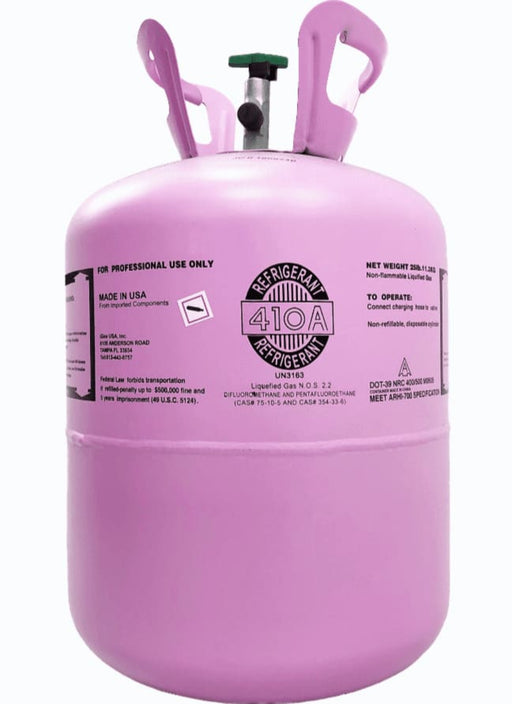
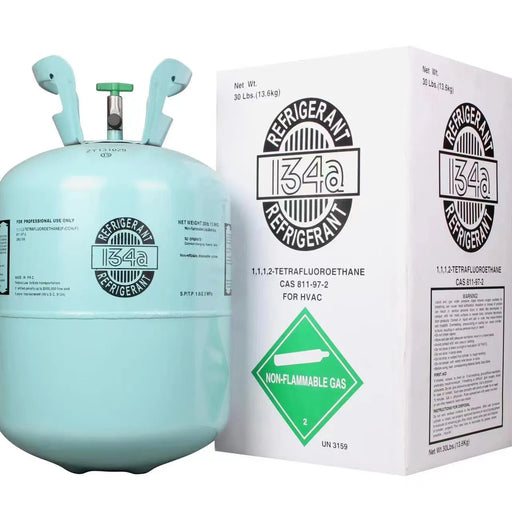
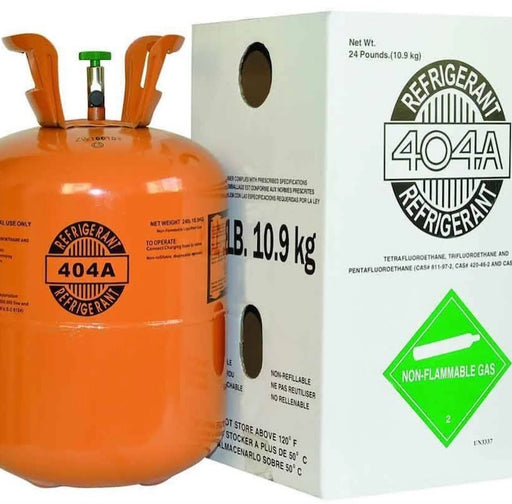
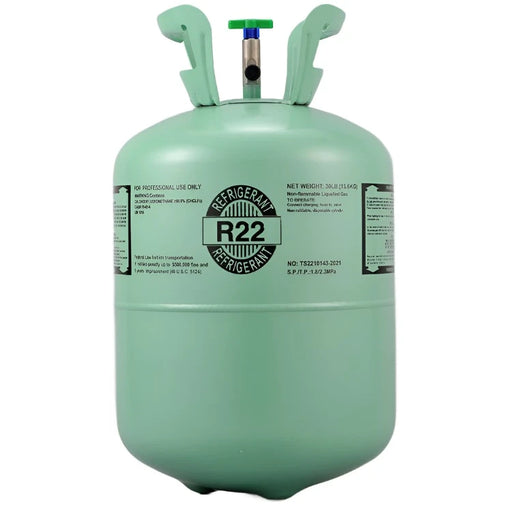
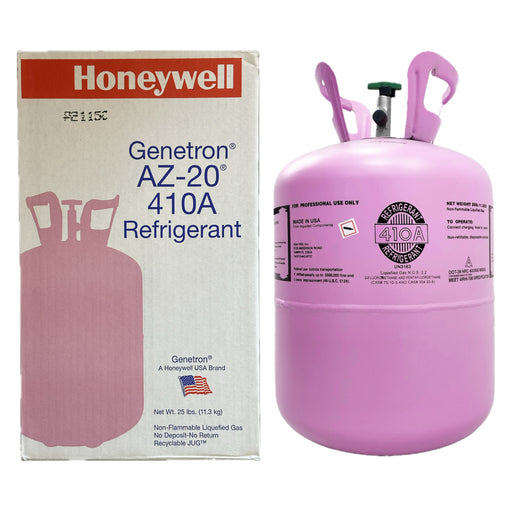
Leave a comment